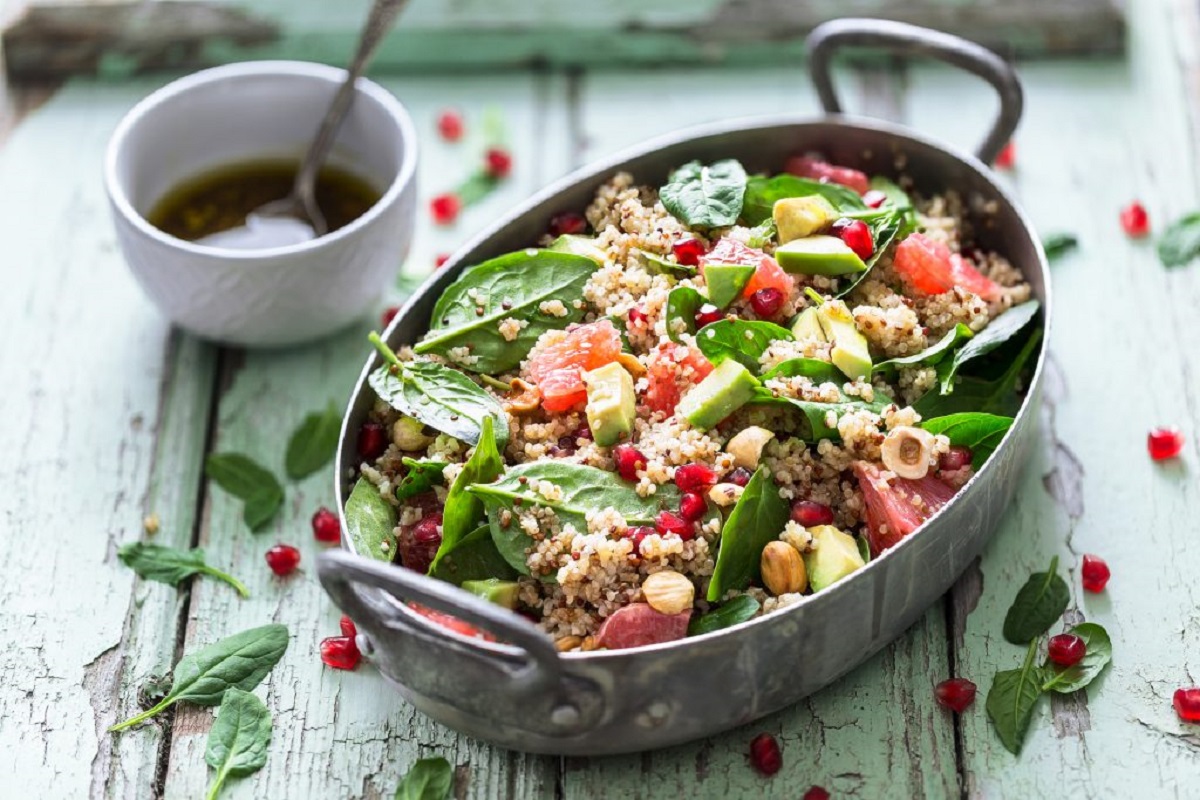
Five of the Best Super Grains to Add to Your Diet

You may have heard of superfoods but have you heard of super grains?
These small, but mighty, foods have actually been around for thousands of years but only recently started getting a lot of attention for their health benefits.
Grains are nutritious and tasty. They are also packed full of protein, carbohydrates, vitamins and minerals along with fibre, and the good news is, they’re easy to incorporate into your diet.
Yello has conducted some research and found five of the best super grains you should try.
Oats
Oats is commonly eaten as cereal, and is one of the healthiest grains.
It is packed with important vitamins, minerals and antioxidant plant compounds. Plus, oats contain more protein and fat than most grains. They are also a good source of fibre and carbohydrates.
According to an article published by Medical News Today, scientific studies have found that eating oats may reduce the risk of coronary heart disease and colorectal cancer, and lower blood pressure.
Quinoa (pronounced keen-wa)
Quinoa is a seed from the same family as spinach, beets, and chard. It has become popular in recent decades as a gluten-free alternative to wheat and rice.
Quinoa contains significant amounts of calcium, magnesium and manganese. It also provides several B vitamins, vitamin E and dietary fibre and is a complete source of protein because it contains all nine essential amino acids.
The United Nations named 2013 ‘International Quinoa Year’ in recognition of the crop’s high nutrient content.
Teff
Teff is the tiniest grain in the world, about the size of a poppy seed, and is so small it cannot be processed or refined. It is originally from Ethiopia and Eritrea where it has been part of the local diet for centuries.
Teff is an impressive source of calcium. It is also gluten-free and contains a range of vitamins and minerals as well as eight amino acids which are important for growth and to repair body tissue.
Teff works well as a cereal or in pancakes and bread because it has a molasses-like flavour.
Spelt
Spelt is a type of grain or cereal closely related to wheat. It is said to be one of the oldest cultivated crops in human history and was first used approximately 8,000 years ago.
Spelt is packed with nutrients, vitamins, minerals, and essential organic compounds.
It is not gluten free but is high in carbohydrates, protein and dietary fibre and contains significant levels of iron, manganese, magnesium, phosphorus, thiamin, vitamin B6, and folic acid.
Amaranth
Amaranth is an ancient grain which is highly nutritious and rich in fibre. It also contains various micronutrients and is a good source of manganese, magnesium, phosphorus and iron.
Amaranth is believed to have been domesticated between 6,000 and 8,000 years ago and was a major food crop for the Aztecs who also used it as part of their religious practices.
Amaranth is gluten-free and contains more protein that most grains. Its flavour is generally light and nutty which makes it a popular ingredient in cereals, breads, crackers, muffins and pancakes.
Now you know the benefits of eating these grains you can try them out and see whether you enjoy them. Search Yello for healthy food stores.
Sources: Dr Oz / The Inertia.com / Healthline / BBC Good Food / Teff Company / Organic Facts / Whole Grains Council